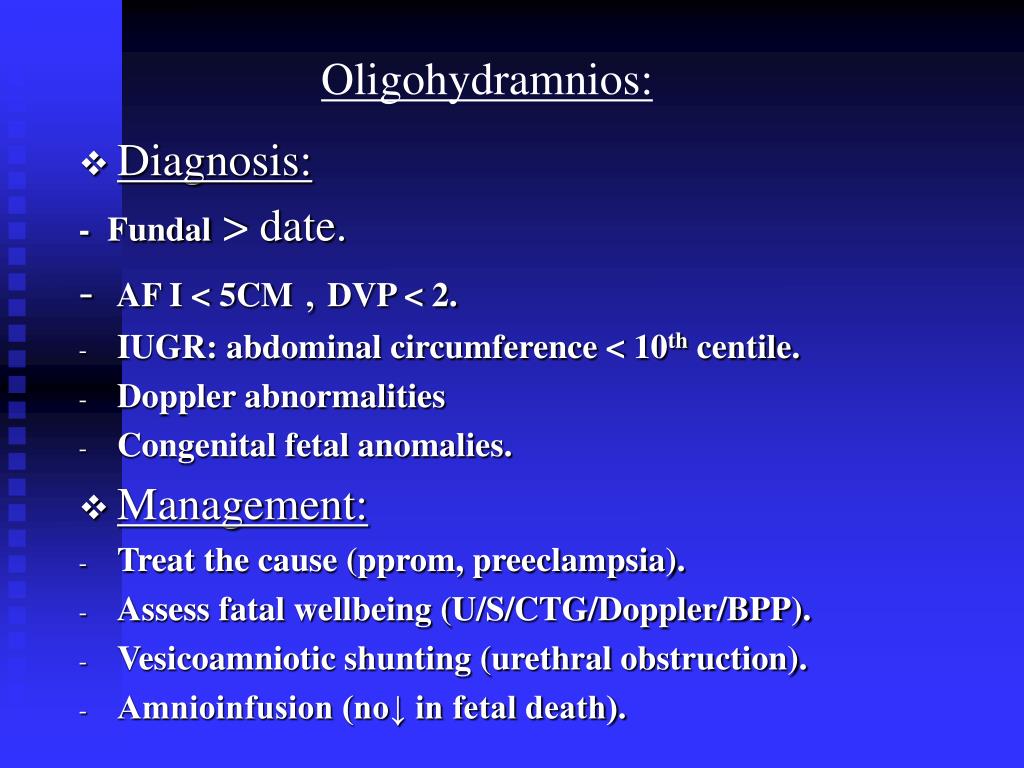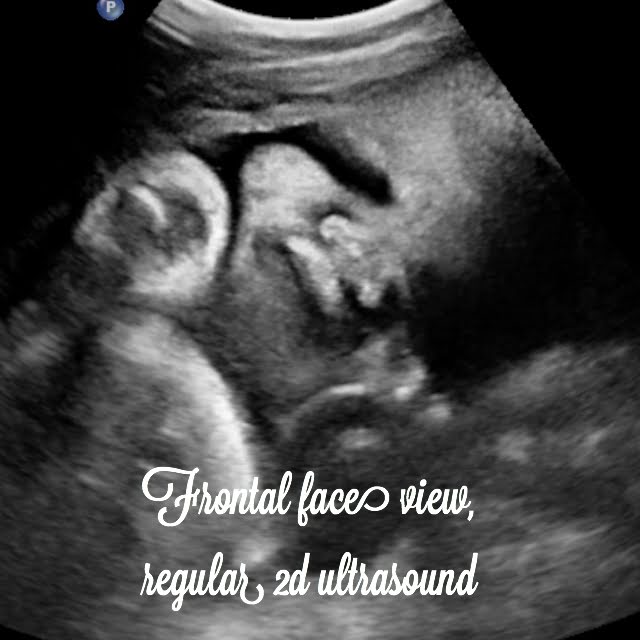

And despite your best intentions alongside being induced, other factors can also contribute to a c-section, like size and position of baby or amount of time you push during labor.Īndrea T., a mom of two in Iowa, had a calm induction experience, despite it resulting in a c-section. Ross, if your cervix isn’t quite ready at the beginning of induction, then you may end up having a cesarean section – just like with typical labor.

But not all methods of induction will cause labor to be more painful.”Īccording to Dr. “There is some truth to this, because a few of the medications (oxytocin or Pitocin and prostaglandins) may cause contractions that come too frequently or are longer and stronger than they would normally be. “One misconception is that an induced labor hurts more than a spontaneous labor,” says Dr. Sometimes women are concerned that induction might make labor more painful, but it’s hard to compare the two, since pain is a part of labor whether you get induced or not. It was incredibly sweet, but I felt terrible knowing that they were all sitting in a waiting room for hours.”

But since I was at the hospital to get induced, I felt obligated to tell our families, and then they all showed up to wait for the duration of my labor. “Also, and this feels like a weird thing to be upset about, my plan had been to labor at home for as long as possible and not tell the rest of our family that I was in labor until we were at the hospital. “Things just generally progressed very slowly - for the first several hours I was mostly just bored,” Reiling says. Lexie Reiling, a mom of one, also didn’t expect the induction process to take forever. Her doctor’s response: “Oh honey, you aren’t going anywhere.” After hearing she needed to be induced, she asked what time she should come back to check into the hospital. “An induced labor can be the same length as a typical labor, especially if your cervix was not ready, and you may not deliver for more than 24 hours.” Of course, this all varies person to person – just as a non-induced labor, the length of labor is unknown until it’s over. “How long the entire process may take can be surprising-and frustrating-if parents are not prepared or weren’t expecting it to take so long,” says Dr. Source: rawpixel How long does it take to give birth after being induced? I don’t remember specifics, but it was like the jaws of life met a balloon to try and open me up more. “I reluctantly asked, ‘Am I dilated to anything yet?!’ She was the sweetest little thing and said, ‘Maybe the tip of my pinky…we need to do something else to try and speed this up.’ So she came in with a balloon contraption. “One of my OBs came in and checked me,” she shares. Melinda Wyman, a Chicago-based mom, was induced at 38 weeks with her first baby and started with Pitocin - however, when she didn’t progress over the next 24 hours, ended up experiencing the balloon option. The amount of time it takes to do an induction can be hours or a couple of days, depending on what the cervical exam was at the time of the initiation of the induction.” “These are referred to as cervical ripening agents and can be either medication, which contains prostaglandins, or a mechanical device such as a balloon. “The intent of induction is to soften the cervix to allow the uterine contraction process to begin on its own, or to use an IV medication to create regular uterine contractions,” notes Dr. Or, before that step, you may first need a type of medication called Cervidil, which can also help (FYI: that one is vaginally inserted).

Depending on how dilated (open) or effaced (thin) your cervix is, you might get something called Pitocin. To start labor through induction, most women receive an IV for fluids as well as medication. Is there a medication that induces labor? Ruiz is a licensed OB/GYN doctor and has been practicing medicine in Orange County since 1993.


 0 kommentar(er)
0 kommentar(er)
